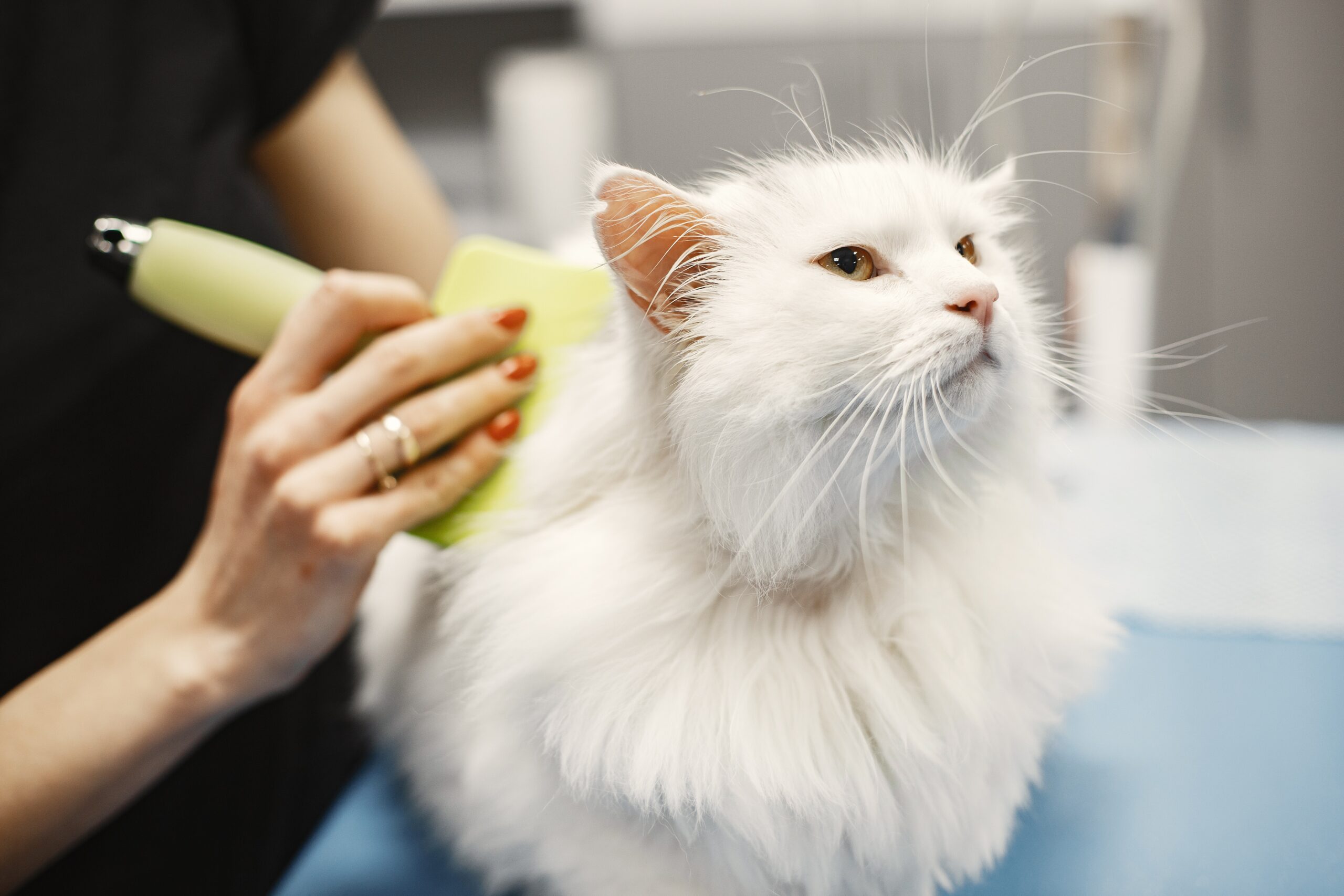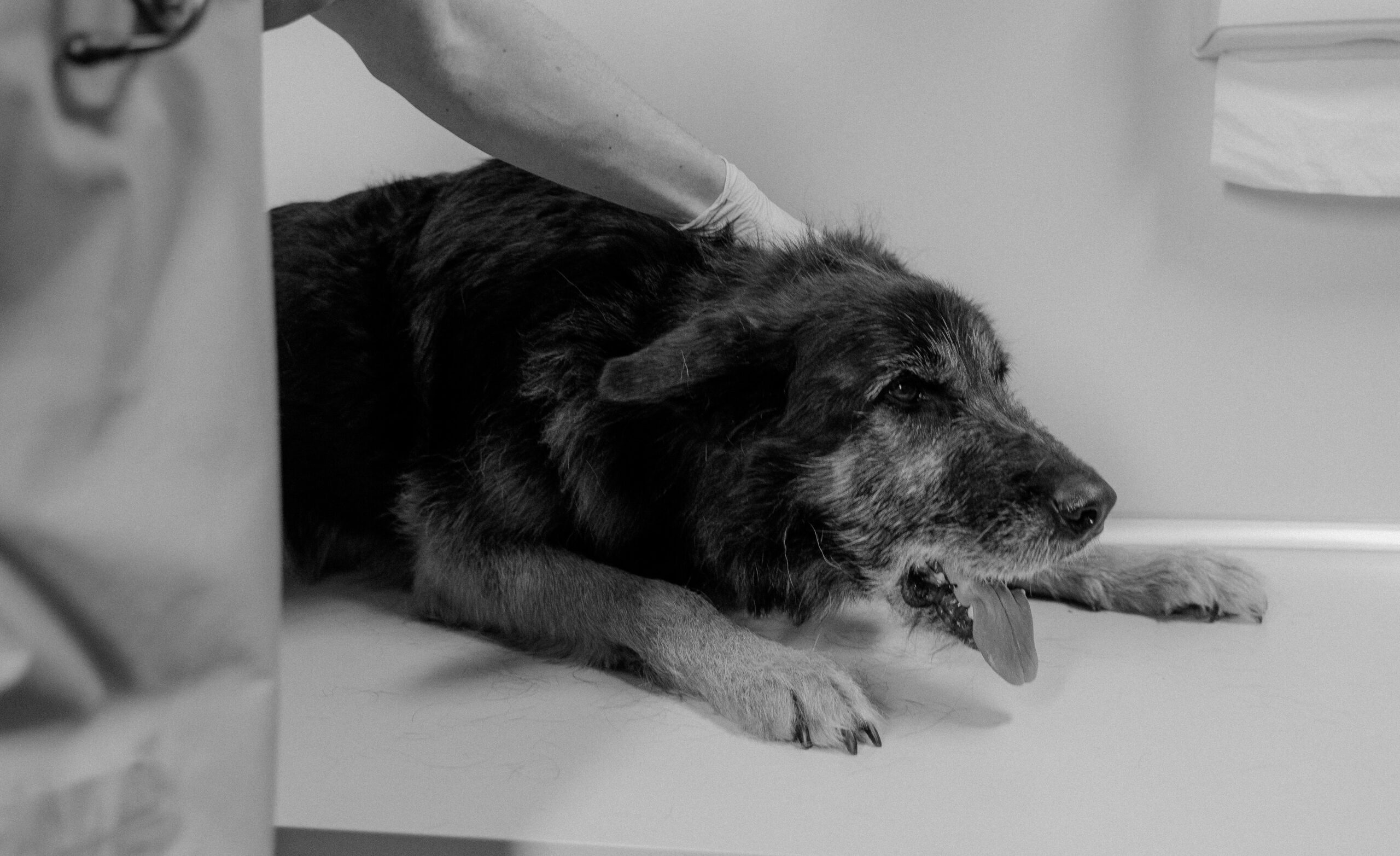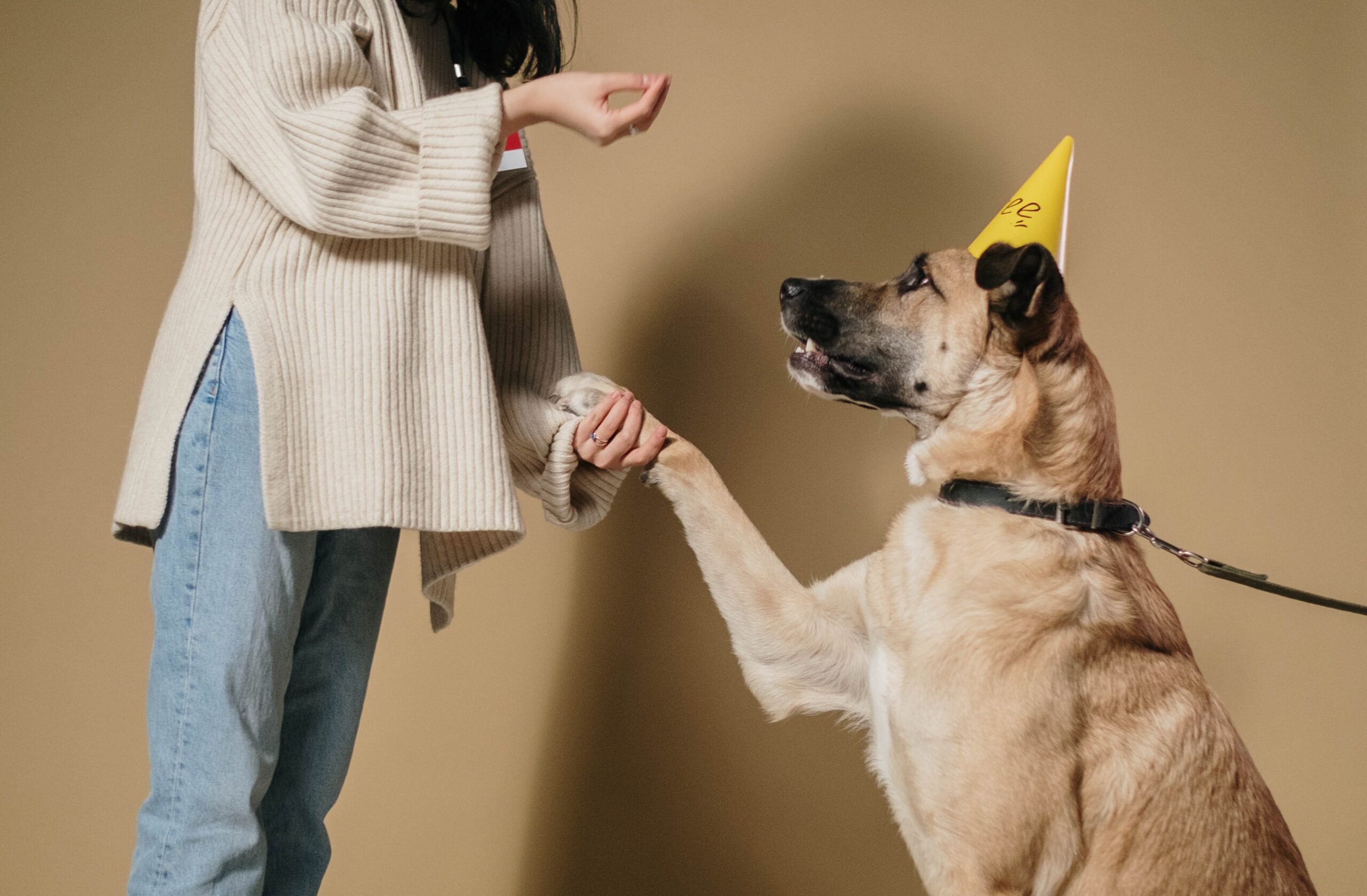10 Essential Grooming Tools Every Pet Owner Should Have
As a pet owner, taking care of your furry friend’s hygiene is essential to maintain their health and happiness. Proper grooming not only makes your pet look good but also helps prevent diseases and infections. In this article, we’ll discuss the 10 essential grooming tools for pets every pet owner should have to ensure their pet’s hygiene.
- Brush: A brush is one of the most crucial grooming tools you can have for your pet. It helps remove tangles, mats, and loose hair, preventing hairballs, and distributing the natural oils on their skin. Brush your pet at least once a week, depending on their coat type.
- Nail Clippers: Long nails can be uncomfortable for your pet and even cause joint problems. Trim your pet’s nails once a month using specialized nail clippers for pets. It’s essential to be careful not to cut the quick, the vein that runs through the nail.
- Shampoo: Bathing your pet regularly helps keep their coat clean and shiny. Use a mild shampoo specifically designed for pets to avoid irritating their skin. The frequency of bathing depends on your pet’s breed, but it’s usually once every two to three months.
- Toothbrush: Dental hygiene is crucial to your pet’s overall health. Use a toothbrush and toothpaste designed for pets to brush their teeth daily. Starting early will make it easier for them to get used to it.
- Ear Cleaner: Cleaning your pet’s ears is crucial to prevent infections and ear mites. Use a specialized ear cleaner once a week to keep their ears clean and healthy.
- Flea Comb: Fleas and ticks can cause severe skin irritation and transmit diseases to your pet. Use a flea comb to remove them from your pet’s coat. Comb your pet every week, especially during flea season.
- Grooming Scissors: Sometimes, trimming your pet’s hair is necessary, particularly around their eyes, ears, and paws. Use grooming scissors to avoid injuring your pet while cutting their hair.
- Deshedding Tool: If your pet sheds a lot, a deshedding tool can be a lifesaver. It helps remove loose fur, preventing it from spreading all over your house.
- Paw Balm: Your pet’s paws are susceptible to cracking and drying, particularly during the winter. Use a paw balm to keep them moisturized and prevent discomfort.
- Hair Dryer: If you bathe your pet frequently, a hairdryer can come in handy. Use a low heat setting and keep it a safe distance from your pet to avoid burning them.
In conclusion, proper grooming is crucial to your pet’s health and happiness. Having these ten essential grooming tools for pets will make it easier for you to take care of your furry friend’s hygiene. Remember to start grooming your pet early, be gentle, and reward them for their good behavior.







